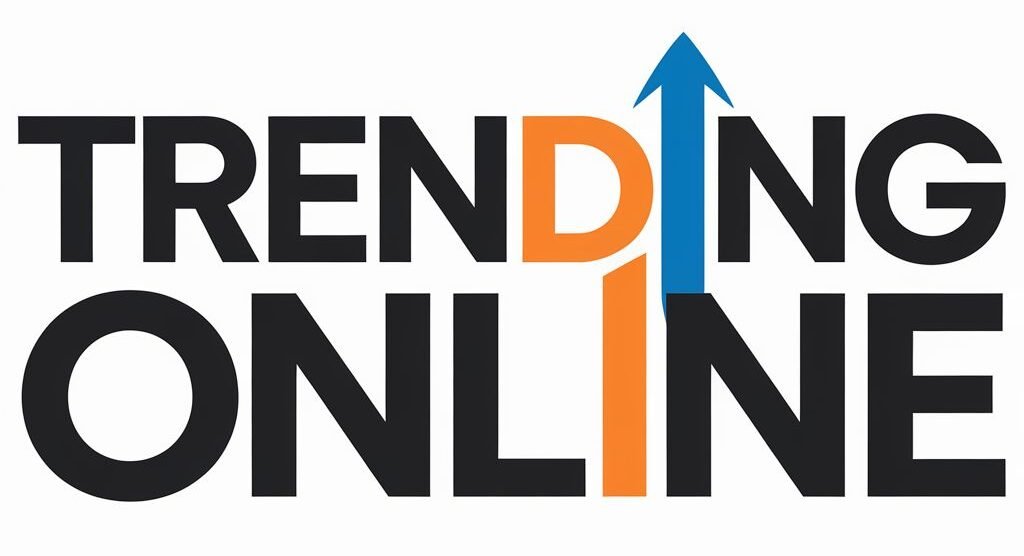Breaking barriers: how Zoho powers SME growth through digital transformation
On-demand convenience has reshaped expectations everywhere. From streaming movies to booking rides, people demand speed, simplicity, and control. Unfortunately, businesses are finding it hard to meet this increase in expectations, and this shift is even more daunting for small and medium-sized enterprises (SMEs) than large corporations. The good news is that cloud-based software as a service (SaaS) solutions now make it possible for SMEs to scale, modernize, and compete on equal footing without the legacy baggage or fancy price tag.
According to the European Journal of Research and Reflection in Management Sciences, African SMEs are the economic development engines. The businesses account for almost 90% of businesses in both leading and developing economies through job creation, employment, tax provision, and contribution to gross domestic product (GDP).
The barriers SMEs face
Many SMEs still depend on legacy software that doesn’t integrate well across departments. For example, sales teams work on one platform and finance on another, while HR relies on spreadsheets. This disconnect causes duplication, slows decision-making, and frustrates employees who spend more time entering data than serving customers.
Integration challenges add another layer of difficulty. New digital tools may not sync with existing older systems, creating technical delays and cost overruns. Employees often resist change if they lack digital skills or feel excluded from these decisions. Security and compliance are also key concerns, but SMEs rarely have the resources for enterprise-level protection.
In addition, budget limitations make it harder for business leaders with an eye on ROI to commit to transformation. The result is a cycle of inefficiency: rising operational costs, slower response to customers, and missed growth opportunities. Meanwhile, larger competitors and digital-first startups move faster, deliver better experiences, and capture market share.
Why change matters
Customer expectations are unforgiving. Delayed orders, inconsistent communication, and even a perceived delay in support response time erode trust and loyalty. For SMEs, this is magnified, and even minor lapses can lead to lost business. Internally, disconnected systems prevent leaders from seeing real-time performance, encouraging reactive decisions instead of strategic planning.
According to Gartner, global spending on public cloud services is forecast to hit $723 billion in 2025, proving that businesses worldwide are embracing SaaS as the path forward.
Every delay in modernisation raises the cost and complexity of catching up. The longer SMEs hold on to outdated systems, the more they risk bottlenecks, reduced competitiveness, and dissatisfied employees and customers.

SaaS as a growth engine
SaaS offers SMEs a way out. By moving operations to the cloud, businesses replace costly infrastructure with affordable, subscription-based access to essential tools for their business functions. Automation reduces repetitive tasks, collaboration becomes seamless, and leaders gain visibility across departments. Importantly, SaaS scales with the business, so SMEs can start small and expand as needs grow without having to overcommit their budgets.
Platforms like Zoho have made enterprise-grade technology accessible to growing businesses. With over 55 integrated applications covering sales, marketing, finance, HR, commerce, and more, Zoho allows SMEs to run all core operations from a single, connected platform.
The general trend for businesses is to begin with specific tools such as Zoho CRM, Zoho Books, or Zoho Inventory, based on their most immediate and pressing requirement. Once they have tasted success with this technology, it becomes easy to expand into broader suites like Zoho Workplace, CRM Plus, People Plus, and Finance Plus. It also becomes easier to convince stakeholders and critics once the results begin to speak for themselves.
- Zoho Workplace unifies email, chat, file management, and office tools for seamless collaboration.
- Zoho CRM Plus combines marketing, sales, and customer service for a 360-degree customer view.
- Zoho People Plus centralises HR, from onboarding to performance management.
- Zoho Finance Plus simplifies accounting, invoicing, and expense management.
The core value lies in integration across the platform. These apps are built to work with each other, and data flows freely across teams, eliminating silos and enabling real-time insights. Instead of juggling multiple vendors, licenses, and billing cycles, SMEs work within one ecosystem that grows with them.
A proven difference
South African payroll and HR technology company PaySpace experienced this first-hand. Within two weeks of adopting Zoho One, Zoho’s unified suite of over 45 applications, PaySpace streamlined its manual processes, improved efficiency, and gained visibility across the customer lifecycle.
“We found Zoho superior to its competitors because it offers an all-in-one solution.” “We didn’t have to subscribe to each application separately.” -Terisa Pohll, Head of Marketing at PaySpace
Beyond core operations, Zoho’s AI-powered assistant, Zia, delivers predictive insights, workflow suggestions, and analytics that help SMEs make smarter decisions. Mobile-friendly apps ensure teams remain connected and productive anywhere, whether managing leads, approving expenses, or tracking performance.
The way forward
For SMEs in South Africa, the choice is clear. Outdated legacy systems create inefficiencies, frustrate employees, and disappoint customers. Embracing SaaS is not just about keeping up—it’s about gaining the agility, efficiency, and insights needed to thrive.
An integrated ecosystem like Zoho equips SMEs to reduce costs, unify operations, and deliver consistent customer experiences. It helps them work smarter today while building a foundation for tomorrow. In a market where speed, simplicity, and trust define success, businesses that are capable of transforming the way they work will shape the future.

